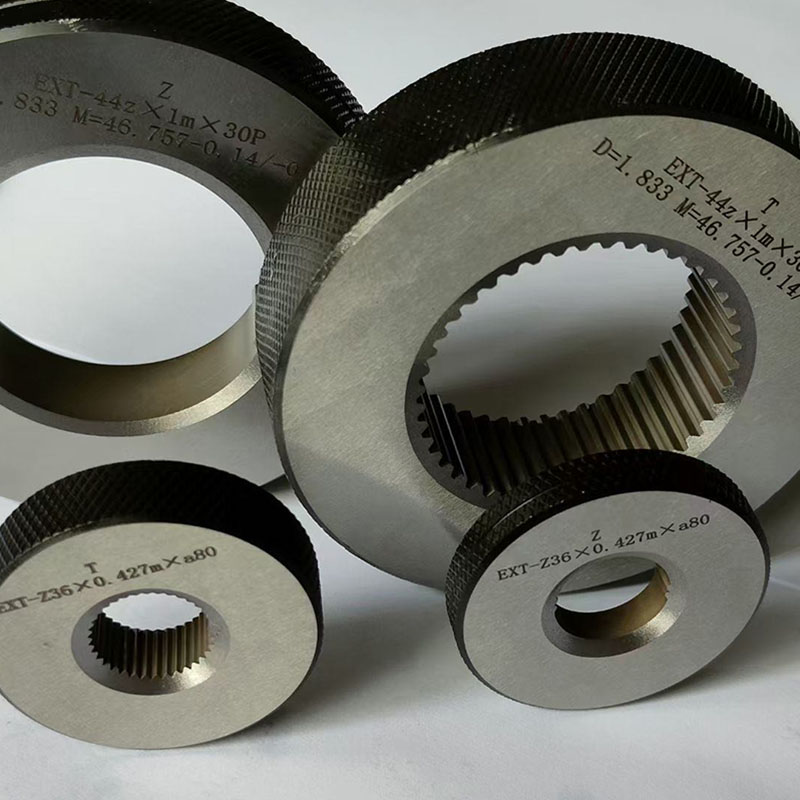Aug . 09, 2024 23:15 Back to list
Understanding Various Sizes of Pin Gauges for Precision Measurement and Quality Control Applications
Understanding Pin Gauge Sizes A Comprehensive Guide
Pin gauges are essential tools in precision engineering, quality control, and manufacturing processes. These simple yet effective devices come in various sizes and are primarily used for measuring hole diameters, verifying the size of holes, and checking the fit between components. Understanding pin gauge sizes is crucial for engineers, machinists, and quality control personnel looking to maintain high standards of accuracy in their work.
What are Pin Gauges?
Pin gauges are cylindrical pins made from high-quality materials like stainless steel or hardened tool steel. They are manufactured to specific diameters and tolerances, allowing users to check whether a particular hole or slot is within acceptable limits. Pin gauges are designed to be used in pairs the go/no-go method, where one pin is used to check if something fits (the go pin) and the other is used to ensure that it does not fit (the no-go pin), is the most common application.
Standard Sizes and Tolerances
Pin gauges come in a variety of sizes, typically ranging from a few millimeters to several centimeters in diameter. These sizes follow standard tables, which list the gauge sizes along with their respective tolerances. Standardization is crucial because it ensures compatibility across different engineering teams and specifications.
One commonly used standard is the ISO system, which defines metric sizes and tolerances in pin gauges. For instance, a pin gauge of 2.00 mm might have a tolerance of ±0.005 mm, which means it can be used to measure holes that are precisely within that range. Similarly, the American National Standards Institute (ANSI) provides guidelines for pin gauges in inch sizes. Consequently, engineers must be familiar with both metric and imperial measurements, depending on the projects they are working on.
Material and Construction
pin gauge sizes

The choice of material for pin gauges is vital for their durability and accuracy. Stainless steel is one of the most popular materials due to its resistance to corrosion and wear. Additionally, it maintains its shape and size even after prolonged use. The construction process involves precision machining and often heat treatment to strengthen the pins.
Many manufacturers also include a surface treatment to enhance hardness and reduce wear, ensuring that the pin gauges remain accurate over time. Such quality control measures are critical as any deviations in size can lead to errors in measurements and potentially compromise the integrity of the final product.
Applications of Pin Gauges
Pin gauges find their application across various industries, including automotive, aerospace, electronics, and medical devices. In manufacturing, they help ensure that components fit together seamlessly, which is essential for machinery and product assembly. In quality control, pin gauges are used to verify the dimensions of manufactured parts against design specifications, ensuring that the products are built to the required standards.
Moreover, pin gauges are invaluable in the assembly of complex systems where precision is vital. Engineers often use them during prototype development to confirm that designs meet functional specifications before large-scale production begins.
Conclusion
Understanding pin gauge sizes is essential for anyone involved in precision engineering and quality assurance. These tools not only aid in ensuring the proper fit of components but also help maintain the high quality expected across industries. By utilizing standardized sizes and adhering to strict tolerances, manufacturers can achieve greater consistency and reliability in their products, ultimately leading to enhanced performance and customer satisfaction. Whether you are a seasoned engineer or someone just starting in the field, a solid grasp of pin gauge sizes and their applications will serve you well in your professional endeavors.
-
Y Type Strainer Maintains System Efficiency Long TermNewsJul.15,2025
-
Valve Selection Guide for Industrial ApplicationsNewsJul.15,2025
-
Steel Fab Table Provides Durable Work Surface for WeldingNewsJul.15,2025
-
Pad Iron Provides Stable Support for Heavy MachineryNewsJul.15,2025
-
One Inch Check Valve Fits Standard Plumbing SystemsNewsJul.15,2025
-
Measuring Micrometer Ensures Precise Dimensional AccuracyNewsJul.15,2025
Related PRODUCTS









